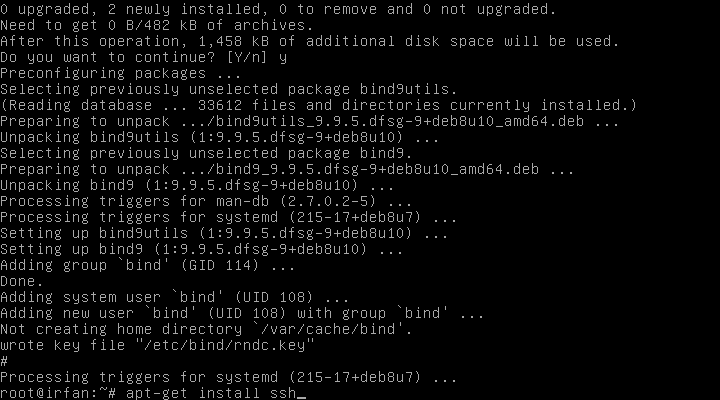

When configuring the server, it is suggested to change the default port and disable the root SSH login.

SSH is also known as secure shell is a protocol that is used to connect with remote servers. Now close the shell instance and open it again a new hostname will appear. The hostname is the identity of your system over a network so it is a good practice to properly name your hostname and to change the hostname use the below-mentioned command: sudo hostnamectl set-hostname debian11įor the sake of demonstration, I have changed the hostname to “debian11”. To check the current hostname, use: sudo hostnamectl It can be seen that the user has switched. Switch account by executing the command: sudo su tecadmin Now, provide sudo privileges to the new user: sudo usermod -aG sudo tecadmin In the command “tecadmin” is the new user. For that run the below-mentioned command to add user: sudo adduser tecadmin It is recommended to create a new sudo user for your server management instead of the root account. Upon upgrading remove the unwanted file from your system by executing: sudo apt autoremove.


This write-up is focusing on how to install, set up a server on Debian 11 Bullseye. The newest version of Debian is Debian 11 Bullseye, which comes with thousands of new packages, supports multiple desktop environments, driverless scanning, and an improved manual page. Many distributions are based on it, especially well-liked Ubuntu, PureOS, SteamOS, etc. Debian is a stable, secure, and quite popular Linux operating system and ideal for server setup.


 0 kommentar(er)
0 kommentar(er)
